
Simple autumn olive fruit leather is made from the delicious, nutritious berries of an invasive shrub. Transform a pest into a resource with this recipe.
Continue reading
Simple autumn olive fruit leather is made from the delicious, nutritious berries of an invasive shrub. Transform a pest into a resource with this recipe.
Continue reading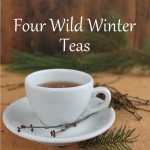
Make wild winter teas with birch twigs, white spruce needles, white pine needles, and spicebush twigs! All offer health benefits, great flavor, or both. Also, try a wild wintergreen chocolate drink. No need to stop foraging in winter!
Continue reading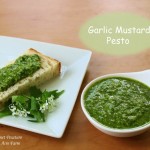
This garlic mustard pesto is mellowed with baby spinach. Who would have thought a common weed could make such a delightful pasta sauce? It does. Put an invasive plant to good use with this tasty version of an Italian classic.
Continue reading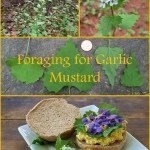
Foraging garlic mustard is good for your health, your pocketbook, and the environment. Learn where to find it, and how to identify, harvest, and eat it.
Continue reading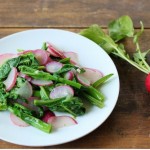
Learn to identify common milkweed and use this recipe to make a milkweed meal. A simple salad of milkweed shoots and radishes is an easy and tasty way to enjoy this plant in spring. Cooking the radishes sweetens them and reduces the sharpness.
Continue reading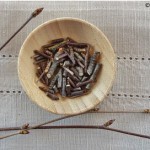
Both sweet birch and yellow birch produce methyl salicylate, also called oil of wintergreen. Learn to identify these trees and use them to make an alcohol extract of wintergreen.
Continue reading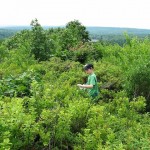
A foraging ethic is a code of behavior that guides one’s foraging activities in a way that minimizes impact. Harvest common species, avoid spreading invasive plants, tread lightly, and develop and awareness of other animals which depend on the foods you gather.
Continue reading
How to identify, locate, and harvest wintergreen leaves and berries, and use it to make an alcohol extract to give your culinary creations a wonderful minty flavor.
Continue reading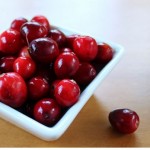
Wild cranberries begin to ripen in September, but I like to wait until late October, or even November, to harvest them. They sweeten as the season progresses, especially if they are hit with a frost after they have already turned … Continue reading